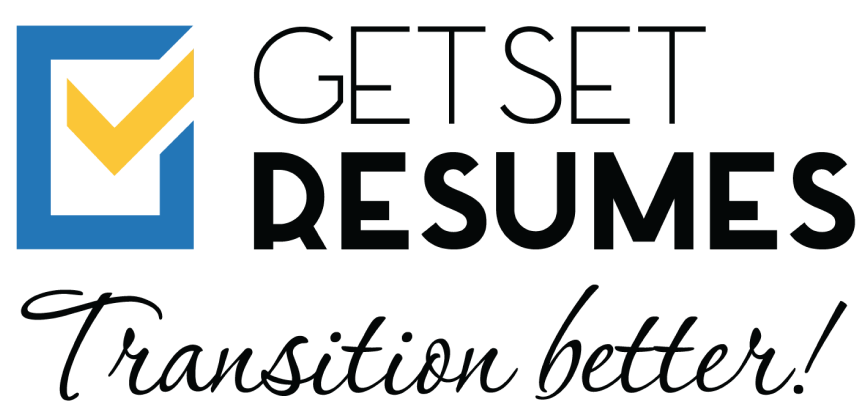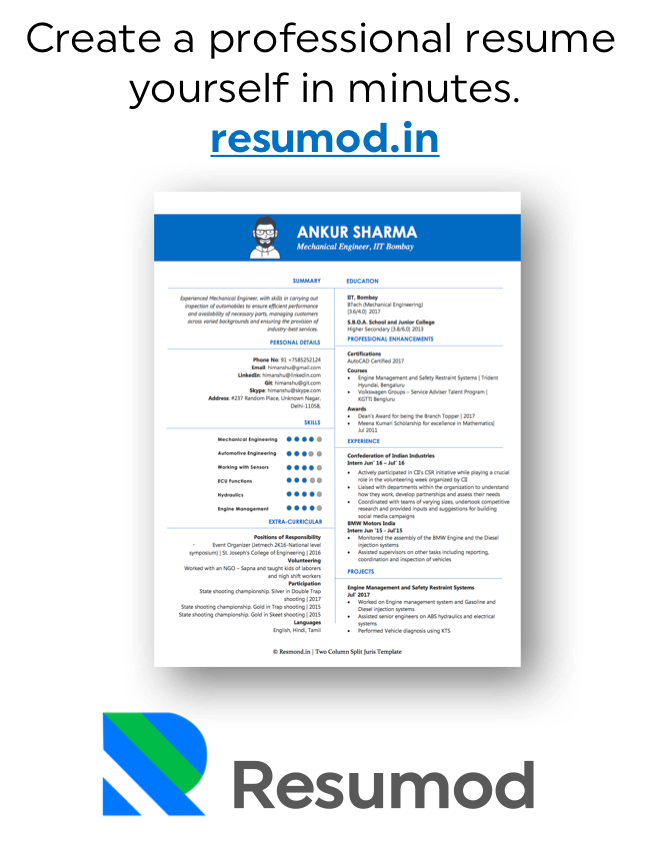If you are a senior executive or C-suite leader with 20+ years of experience and are not getting interview calls despite a strong track record, it is time to reframe the problem.
It may not be your resume. It is your positioning.
In today’s competitive hiring landscape, especially at the executive level, recruiters and boards are not just looking for experience – they are looking for strategic alignment. The question is not whether you have done impressive work in your career. The question is whether you are communicating your relevance, value, and impact for the opportunities you are targeting today.
Let us explore why positioning matters more than ever — and how to shift yours to secure high-stake interviews.
A Resume Communicates Your Story – But What Is the Story You Are Telling?
Your resume is a storytelling tool. Unfortunately, many senior professionals use it as a record-keeping document – listing roles, responsibilities, and timelines. That is not enough.
At the executive level, your resume must function as a positioning document that answers four strategic questions:
- What problems do you solve?
- Who benefits most from your leadership?
- At what scale have you operated?
- What results have you consistently delivered?
If your resume lacks clarity on these aspects, you are not standing out — you are blending in. Recruiters often scan resumes in under 30 seconds. If your value is not obvious in that time frame, the opportunity is lost.
You must move beyond describing what you did. Instead, communicate who you are as a leader, what you are known for, and why an organization should bring you to the table.
You Are Describing Responsibilities – Not Positioning Outcomes
Years of experience. Leadership of cross-functional teams. Delivery of large projects. These are responsibilities. They are expected at your level – they are not differentiators.
Boards and executive search firms are looking for outcomes.
They want to know:
- Have you scaled revenues? By how much, and under what constraints?
- Have you led successful transformation initiatives? What was the ROI?
- Have you restructured business units? What impact did it create?
If your resume focuses on duties rather than quantified outcomes, you are selling features, not results. And at the executive level, features do not close the deal – outcomes do.
Your positioning should start with the impact you create and be supported by evidence, numbers, and business context. Think of your resume as an investor pitch, not a career obituary.
You Are Speaking About the Past – When Recruiters Are Focused on the Future
Many seasoned professionals present themselves through a historical lens. A timeline of achievements. A career arc. But hiring today is problem-focused and future-facing.
Organizations hire senior leaders because they face very specific challenges:
- Stalled revenue growth
- Market expansion without strategic clarity
- Poor margins or under-optimized operations
- Low innovation velocity
- Cultural misalignment after M&A
If your positioning does not align with these challenges, it will be overlooked – no matter how prestigious your background.
Your resume, LinkedIn profile, and even your networking introduction should answer one core question: What high-stakes business problems are you uniquely positioned to solve in today’s environment?
Until you speak to the needs of the present and the direction of the future, your positioning remains irrelevant – and opportunities will pass you by.
You Are Not Framing Yourself as a Strategic Asset
Generalist language is another major reason seasoned professionals get ignored. At the C-suite level, companies do not hire utility players. They hire strategic problem-solvers with a niche.
What is your niche?
It could be digital transformation, post-merger integration, cost optimization in global supply chains, turnaround strategy for manufacturing units, or omnichannel growth in D2C retail.
If you are not presenting yourself as a category leader in a domain that matters to the companies you are targeting, your profile will get lost in the clutter.
Specificity builds authority. Clarity builds confidence.
Do not assume that your experience will speak for itself. Frame it. Define it. Own it.
You Are Not Aligning Your Executive Presence Across Platforms
Even with a well-written resume, if your LinkedIn profile does not reinforce the same positioning, you risk creating confusion. And confusion, especially in executive hiring, leads to exclusion.
Your executive presence must be aligned across three key touchpoints:
- Your Resume: A value-driven document focused on results and business impact.
- Your LinkedIn Profile: A strategic, keyword-optimized narrative that highlights your expertise and industry relevance.
- Your Thought Leadership (if any): Articles, posts, or interviews that reflect your perspective and decision-making acumen.
The companies and recruiters you want to attract are not relying on a single document. They are looking for consistency in how you communicate your brand, your leadership value, and your future-readiness.
You Are Not Leveraging Positioning as a Lead-Generation Tool
Positioning is not only about getting noticed – it is about being remembered and pursued.
When your positioning is clear, powerful, and consistent, it does more than help you land interviews. It attracts consulting projects, board invitations, keynote speaking opportunities, and strategic partnerships.
In a crowded executive market, being qualified is not enough. You must be visible and valuable in the way you present yourself – even before a conversation begins.
Next Steps
If you have been wondering why your profile is not opening doors, it is time to act with intent. Here is where to begin:
- Audit your current positioning: Does it clearly reflect what you solve and for whom?
- Update your resume and LinkedIn: Focus on outcomes, metrics, and future-facing business challenges.
- Develop your niche: Become known for solving a specific type of problem or delivering a specific kind of growth.
- Seek expert input: A positioning strategy is often difficult to craft from the inside out. A neutral, expert lens can help bring clarity.
Final Thoughts…
You may have led teams, turned around divisions, and scaled businesses — but unless your positioning communicates that value in a compelling, strategic, and modern way, the right opportunities will not find you.
Positioning is not a cosmetic change. It is a strategic imperative.
If you are ready to move beyond silence and into serious conversations, start with how you are showing up on paper, online, and in every professional interaction.
That is where the shift begins.


![Master Your Self Introduction: Tips for Senior Leadership Interviews [2025 Guide]](https://www.getsetresumes.com/blog/wp-content/uploads/2025/10/business-consultant-working-with-client-1140x660.jpg)

